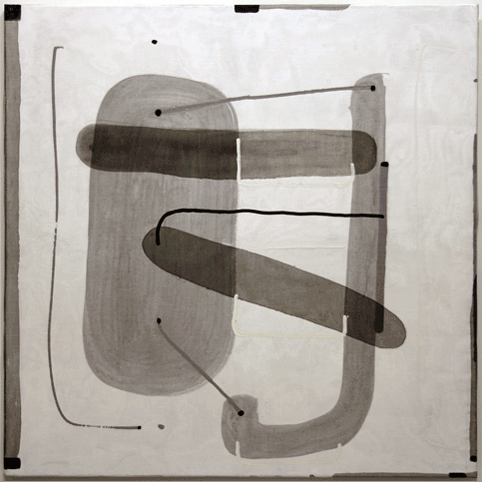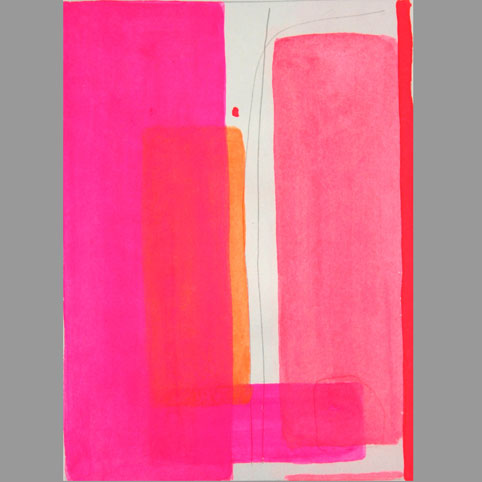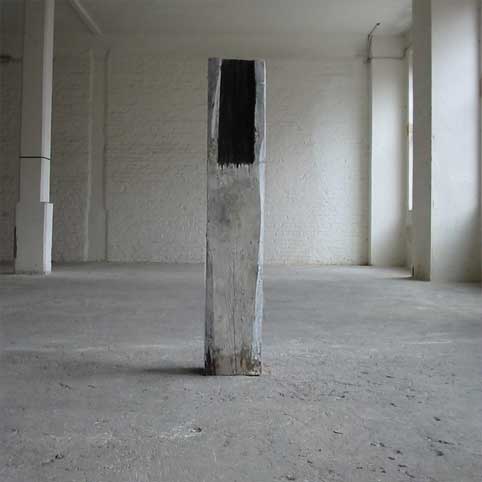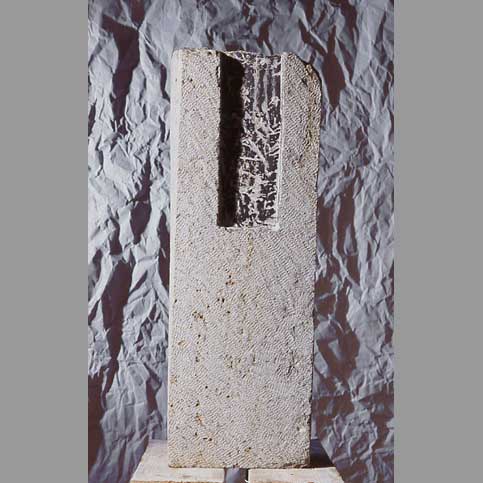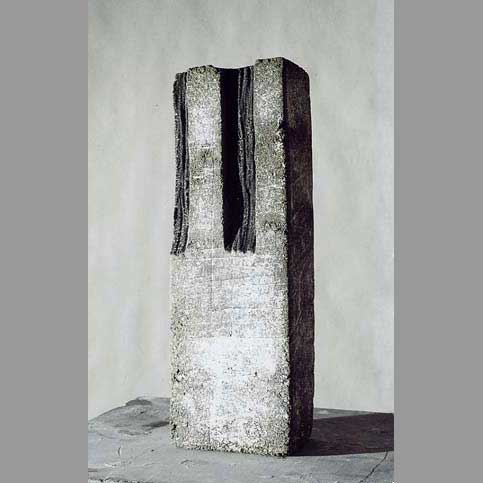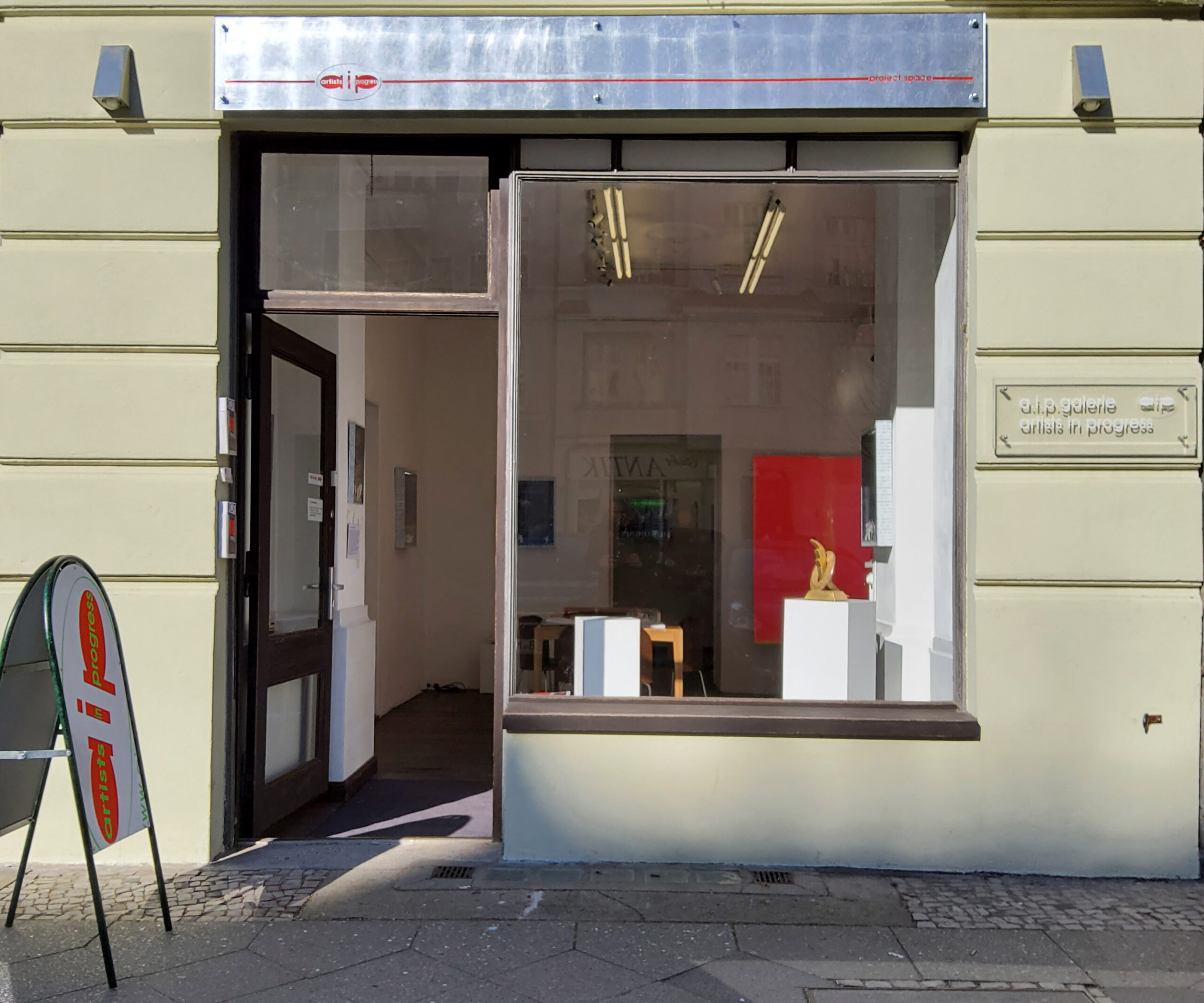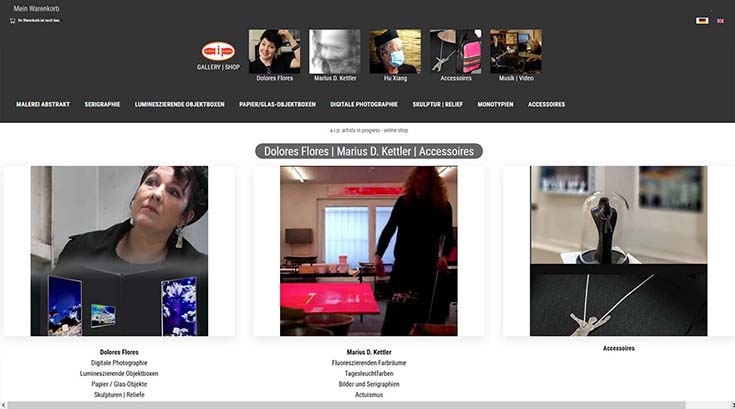ACTUISM | PAINTINGS | ANIMATIONS | DRAWINGS |
ACTUISM | SCULPTURES | WOOD | STONE | CASTING |
Actuism is the theory of all creative works based on action and movement. Every work of art contains a component of actuism. Every artist reveals himself with the created work. His personal history and perspective become visible. Actuism goes to the roots of all forms of artistic expression. Actusimus theory is about reducing a composition to the essential factors of a work of art. To a limited space in connection with the authenticity of the artist's handwriting, the cultural origin in which the artwork was created in accordance with the environment, leading to new modifications and interpretations. The viewer chooses the form with which he is able to recognize and explain the artistic work.
Actuism can be seen as a form of minimal art, although the biggest difference is in the implementation - not in the theoretical background. The composition, the surface and the artist's handwriting are the main components of Actuism. The number of ways to arrange the three lines is infinite, even if it seems repetitive; it is not! Each artist has his own rhythm which he follows unconsciously. Each work is like a signature, where with every stroke and every movement of the hand it becomes an artistic confession; it becomes visible what the work of art wants. (lat. actus: action, movement)
Marius D.Kettler
Actuism | Theory
Actuism
lat. actus: action, movement
Actuism describes a form of action that reveals something about those who take action, those who make things happen, those who throw the first stone - artists. Every work of art contains a piece of actuism. The story an artist tells is always his own story. Actuism goes to the root of all forms of artistic expression. In this theory the essential factors are condensed, focusing on one's own personality, temperament, experiences, and intentions, allowing the work of art to become what it becomes. Even the reproduction contains an individual part of the creator. The realization is the theme, whether minimalistic or monumental, is not of importance. The viewer chooses the form with which he is able to approach a work of art. Actuistic works create a space in the self-imposed limitation in which the vastness lies.
Only essential components can lead to excesses within a set framework; the more reduced the form of execution is chosen, clearer is the origin of where all creation arises. After immersing oneself in an artistic work, through recognition, “feelings of home” can awaken, bringing the work closer to the viewer. Actuism is a basis-oriented art-theoretical summary of various currents of the respective cultural area in which the artist works.
Actuism focuses on the artist's signature, proportions, and the relationship to each other that leads to the origin of artwork, as well as with changes of the surroundings, with the results, modifications, and interpretations. The actuistic works develop within a set time frame, beginning with contrasting compositions with a seemingly simple task of arrangement of the surroundings, through the relationship of contrasts to non-contrasts (polychrome paintings and sculptures), to the disembodied exhibitions that only become visible through the viewer's presence.
The same applies to the sculptural works, which make spatial affiliation and proportions visible through the artist, arriving in sound-imported spatial sculptures in which spaces leave the room. The core themes are the artist's handwriting, realization, and the resulting work. By experiencing the development, the viewer becomes a part of the whole. Actuism can be seen as a form of minimal art; the biggest difference probably lies in its realization, not in its theoretical background. The basic condition of the detailed pictures is the set arrangement of the three strokes, which stand in the relationship and proportions chosen by the artist to the surroundings. The extension of the picture shown consists of only one detail of the original picture, With the viewer's prior knowledge and imagination, the invisible part of the picture is completed.
This image of the imagination is the same as the image that we want to recognize as a story in a real picture. Prior knowledge determines the impression that remains. Once we have become involved with the image of the three strokes, it will never be the same again.
The surface and the handwriting are components in a game called art. The number of possibilities for arranging the three strokes is infinite. If there seems to be repetition, it is only because the artist has a rhythm that he unconsciously follows. The work resembles a signature: with every stroke, with every movement that the tool makes, the artist signs a confession of authenticity.
What makes a composition so appealing? Is it our cultural roots that make a work seem familiar to us, or is it what we have learned?
Marius D. Kettler


.jpg)
